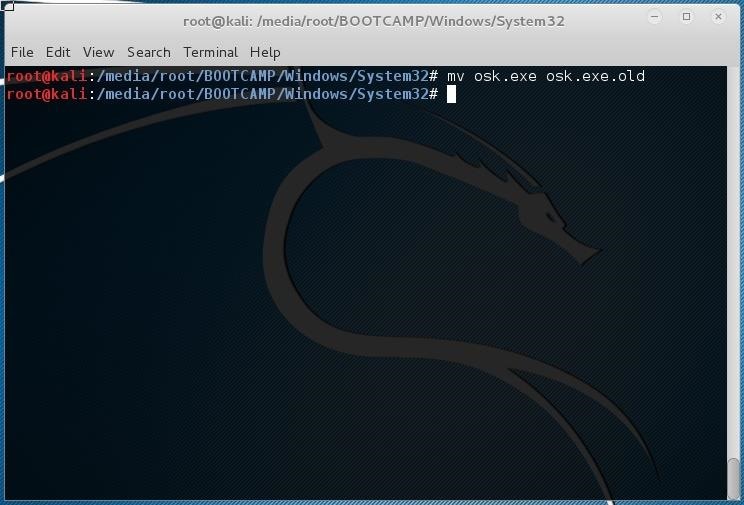Jul 6, 2015.!!).exe.' The file was a WinRAR self-extractor containing an encrypted RAR. Finding a flaw in WinRAR's cryptographic implementation didn't seem a promising approach, so instead we decided to crack the password. To do that we needed the code that created it. We found the malware and a number of files. One way would be to create a self contained archive of the EXE which is password protected. Most archive formats support some sort of password protection and self contained archives. This method isn't very secure though because it can eventually be cracked using brute force if someone is determined.
Although studying is considered a legitimate scientific nowadays, it is still a very young one. Baxi Potterton Ep2000 Manual Transfer. Driver Improvement Course Marine Net more. In the early 1970s, a psychologist named J. Guilford was one of the first academic researchers who dared to conduct a study of creativity. One of Guilford’s most famous studies was the nine-dot puzzle. He challenged research subjects to connect all nine dots using just four straight lines without lifting their pencils from the page. Today many people are familiar with this puzzle and its solution. In the 1970s, however, very few were even aware of its existence, even though it had been around for almost a century.

If you have tried solving this puzzle, you can confirm that your first attempts usually involve sketching lines inside the imaginary square. The correct solution, however, requires you to draw lines that extend beyond the area defined by the dots. At the first stages, all the participants in Guilford’s original study censored their own thinking by limiting the possible solutions to those within the imaginary square (even those who eventually solved the puzzle). Even though they weren’t instructed to restrain themselves from considering such a solution, they were unable to “see” the white space beyond the square’s boundaries.
Only 20 percent managed to break out of the illusory confinement and continue their lines in the white space surrounding the dots. The symmetry, the beautiful simplicity of the solution, and the fact that 80 percent of the participants were effectively blinded by the boundaries of the square led Guilford and the readers of his books to leap to the sweeping conclusion that creativity requires you to go outside the box. The idea went viral (via 1970s-era media and word of mouth, of course). Overnight, it seemed that creativity gurus everywhere were teaching managers how to think outside the box. Free Nokia 2690 Game Download Mpbus. Consultants in the 1970s and 1980s even used this puzzle when making sales pitches to prospective clients. Because the solution is, in hindsight, deceptively simple, clients tended to admit they should have thought of it themselves. Because they hadn’t, they were obviously not as creative or smart as they had previously thought, and needed to call in creative experts.